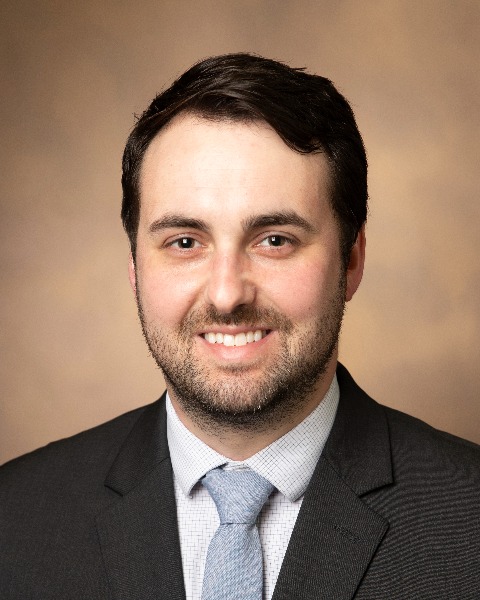Brief Oral Papers
Quality and Safety
Gun Violence and its Early Psychiatric Consequences

Rafael Tamargo, MD, MBA
Assistant Professor of Psychiatry and Behavioral Sciences
Vanderbilt University Medical Center
Nashville, Tennessee
Darcy Moschenross, MD, PhD
Attending
University of Pittsburgh Medical Center
Pittsburgh, Pennsylvania.png)
Priya Gopalan, MD, FACLP (she/her/hers)
Associate Professor of Psychiatry
University of Pittsburgh Medical Center, Western Psychiatric Hospital
Pittsburgh, Pennsylvania
Presenting Author(s)
Co-Author(s)
Background/Significance:
Assault with a gun is a traumatic experience that carries long-term psychiatric implications. In the months and years following gunshot injury, over half of survivors will develop posttraumatic stress disorder, substance use disorder, and/or experience functional impairment and decreased emotional wellbeing (Burnette, 1998; Vella, 2020). Little is known, however, about when these disorders develop following injury and the optimal time for psychosocial intervention.
Methods:
In this case series, we screened 24 patients for psychiatric symptoms during index admission to Trauma Surgery after assault with a gun. Assessment occurred during a standard consult-liaison psychiatric interview. Eligible participants were identified by the Trauma Surgery Social Work team. All patients who were medically stable enough to participate in, and consented to, a psychiatric interview were proactively assessed regardless of whether they had a psychiatric complaint. Demographic data was collected. Diagnoses generated from these assessments were categorized and quantified.
Results:
Twenty-four patients were assessed by Consult-Liaison Psychiatry while admitted for new gunshot injury. Ninety-two percent were male, 83% were black, and the median age was 35 years. Seventy-one percent met criteria for at least one psychiatric diagnosis. Seventeen percent met criteria for two or more psychiatric diagnoses. Among psychiatric diagnoses identified, adjustment disorder was the most common (n=6, 25%), followed by delirium (n=5, 21%), alcohol use disorder (n=4, 17%), depressive disorders (n=3, 13%), other substance use disorders (n=2, 8%), and trauma/stressor-related disorders (n=1, 4%). Seven participants (29%) did not meet criteria for any psychiatric illness.
Discussion:
We present the first case series of acutely admitted gunshot injury victims for whom psychiatric illness was assessed in the first days after assault. The rate of psychiatric illness was high. Adjustment disorder was diagnosed most often, speaking to the psychological distress associated with assault with a gun. Gunshot injury victims are also at risk for delirium after injury. Other diagnoses known to occur at high rates in follow-up of similar patient groups (i.e. substance use disorders and trauma-related disorders) were less common than expected based on those follow-up studies, suggesting there may be a lag in when these disorders present. Because over half of this patient population is expected to go on to develop these disorders, longitudinal psychiatric monitoring is necessary to better understand natural history and the best timing and methods for intervention.
Conclusion/Implications:
Gunshot injury victims have a high burden of psychiatric illness and psychological distress in the early days after injury while admitted to the hospital, and rates of psychiatric illness increase in the subsequent months and years. Further characterization is needed to better guide psychiatric intervention.
References:
Burnette, S. (1998). Posttraumatic stress disorder among firearm assault survivors: Risk and resiliency factors in recovery from violent victimization (Order No. 9837559). Available from Dissertations & Theses @ University of Pittsburgh; ProQuest Dissertations & Theses Global. (304445182). Retrieved from http://pitt.idm.oclc.org/login?url=https://www.proquest.com/dissertations-theses/posttraumatic-stress-disorder-among-firearm/docview/304445182/se-2?accountid=14709
Vella, M. A., Warshauer, A., Tortorello, G., Fernandez-Moure, J., Giacolone, J., Chen, B., ... & Seamon, M. J. (2020). Long-term functional, psychological, emotional, and social outcomes in survivors of firearm injuries. JAMA Surgery, 155(1), 51-59.

